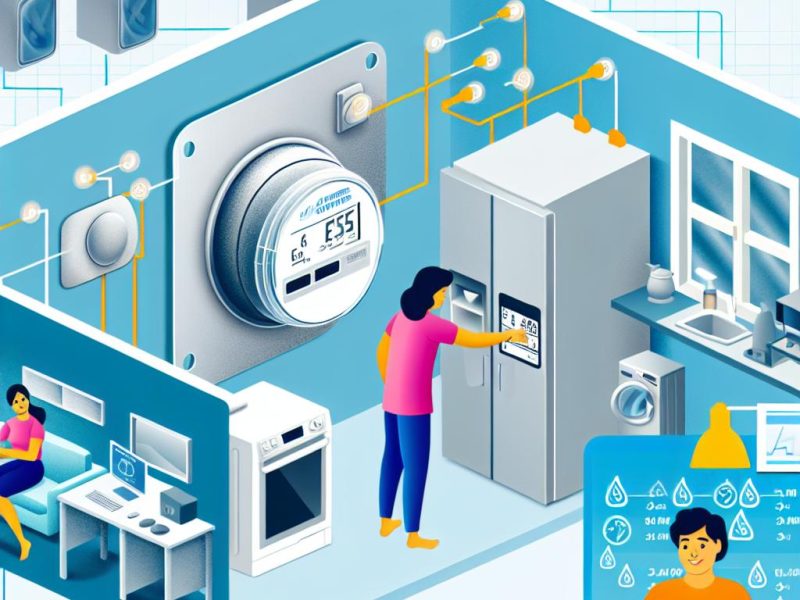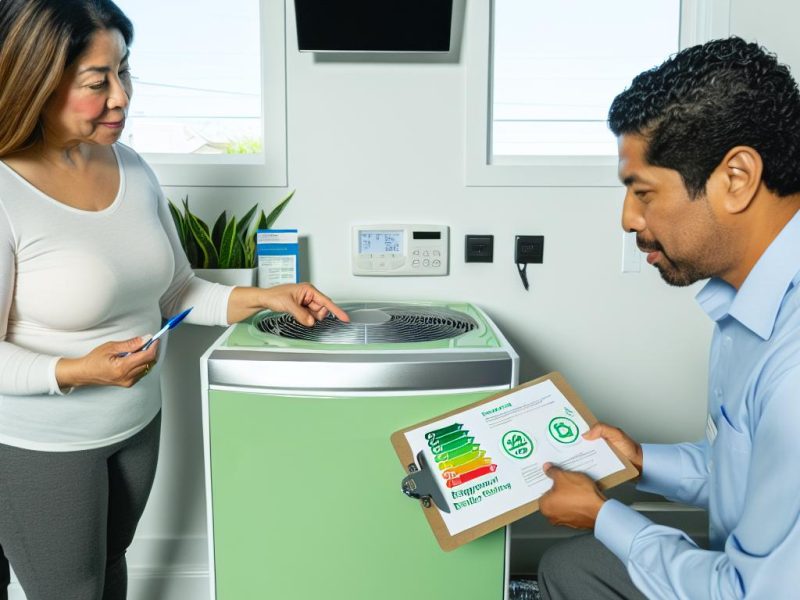Introduction to Rainwater Harvesting Systems
Rainwater harvesting is a technique that involves collecting and storing rainwater for future use. This practice has gained substantial attention in recent years as a sustainable approach to managing water resources. Implementing rainwater harvesting systems in homes offers numerous benefits, both environmentally and economically.
Environmental Advantages
One of the primary environmental benefits of rainwater harvesting is the reduction in water runoff. By capturing rainwater, these systems help decrease the load on municipal drainage systems, which can mitigate flooding and prevent erosion. This minimization of runoff is crucial in urban areas where there is a high percentage of paved surfaces, leading to increased water flow into storm drains.
Furthermore, utilizing rainwater reduces the demand for treated tap water, conserving water resources and reducing the energy required for water treatment and distribution. In areas experiencing frequent droughts, this conservation is particularly vital as it helps maintain the regional water table and supports sustainable water management practices.
Economic Benefits
There are several economic incentives for implementing rainwater harvesting systems that can appeal to homeowners:
Lower Water Bills: Homeowners can significantly reduce their water expenses by using harvested rainwater for non-potable uses such as irrigation, toilet flushing, and washing. This can lead to substantial savings, especially in areas with high water costs. The decreased dependency on municipal water supplies translates directly into financial savings over time.
Increased Property Value: Homes equipped with rainwater harvesting systems may see an increase in property value. As sustainable living becomes increasingly desirable, such systems can be a selling point for eco-conscious buyers. This increased value can benefit homeowners who are looking to sell their properties, as the demand for eco-friendly features is growing.
Installation and Maintenance
Installing a rainwater harvesting system involves setting up collection areas, such as rooftops, and storage tanks. It is essential to ensure that the system includes proper filtration mechanisms to keep the water clean. The filtration ensures that leaves, dirt, and other debris do not enter the storage tanks, maintaining the quality of the collected water.
Though some initial investment is necessary, the long-term benefits usually outweigh the start-up costs. The cost of setting up the infrastructure can vary depending on the size and complexity of the system. However, government incentives and rebates can help offset these initial expenses.
Maintenance generally involves cleaning gutters and tanks to prevent clogs and contaminant buildup. This routine maintenance ensures the system operates efficiently and prolongs the lifespan of its components. Additionally, checking the filtration system regularly ensures the continued quality of the stored water.
Applications of Harvested Rainwater
Harvested rainwater can be used in several ways around the home:
- Irrigation: One of the most popular uses is watering gardens and lawns, which can significantly reduce reliance on municipal water supplies. Using rainwater for irrigation not only conserves tap water but also promotes healthier plant growth, as rainwater is free from chemicals found in treated water supplies.
- Flushing Toilets: Using rainwater for toilet flushing can decrease household water consumption dramatically, leading to notable savings on water bills. Toilets are among the largest consumers of water within a household, making this an effective application of harvested rainwater.
- Laundry: With appropriate filtration, rainwater can be used for laundry, which can enhance the lifespan of appliances, as soft rainwater reduces limescale buildup. This means less maintenance and longer-lasting washing machines, which adds to the cost-effectiveness of rainwater usage.
Considerations for Implementation
Before implementing a rainwater harvesting system, homeowners should consider local regulations and guidelines. Some regions may have specific restrictions or incentives for rainwater harvesting. Understanding these regulations is essential to ensure compliance and to take advantage of potential financial benefits, such as grants or rebates.
It’s beneficial to consult with local authorities to explore possible rebates or support programs. Sometimes, municipalities encourage rainwater harvesting by offering financial incentives to reduce the strain on public water systems. It’s also wise to research the best practices and technologies available to optimize the efficiency and effectiveness of the system.
Conclusion
Rainwater harvesting systems offer an array of benefits that make them a worthwhile consideration for any homeowner. By reducing water bills, enhancing property value, and promoting environmental sustainability, these systems represent a practical and impactful way to contribute to water conservation efforts. In a world where water scarcity is an increasing concern, harvesting rainwater can be part of a larger effort to manage natural resources more responsibly.
For those interested in sustainable living, investing in rainwater harvesting solutions can be a rewarding choice. Beyond individual benefits, adopting such systems contributes to a collective effort towards sustainability, supporting both the local ecosystem and global water conservation goals. As awareness and technology in this field advance, rainwater harvesting may soon become a standard feature in many homes, paving the way for a more sustainable future.



